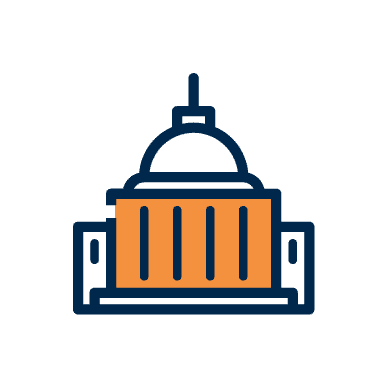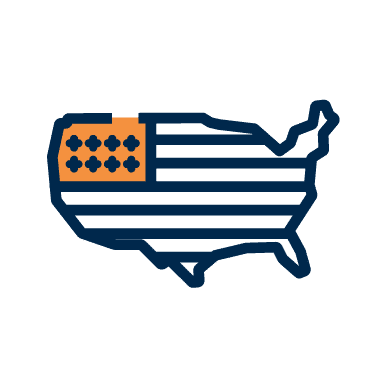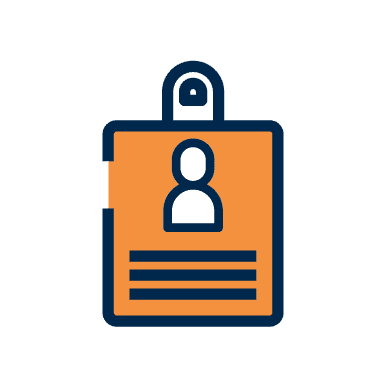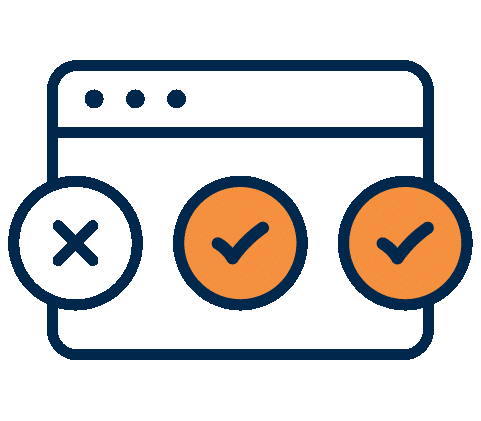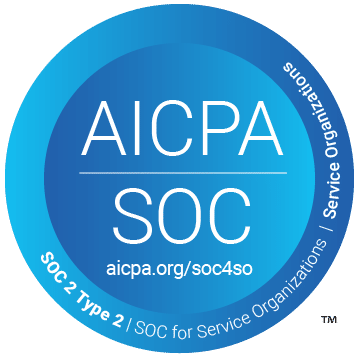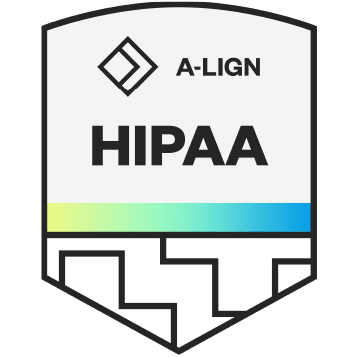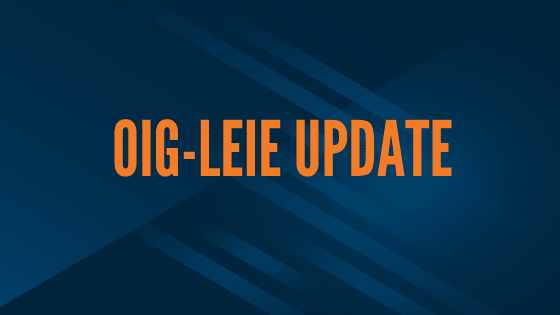
Having an individual’s Social Security Number (SSN) or the entity’s Employee Identification Number (EIN) can assist in your exclusion screening efforts. A common method to resolve potential matches found on the LEIE, is by entering in their SSN or EIN through the Online Searchable Database of the HHS-OIG. It can confirm or invalidate a potential match when such details are in their records. However, when the OIG does not have the SSN or EIN in their database, what happens then?
All is not lost
There are many instances when an attempt to resolve a potential match via the OIG searchable database results in no verification either way. Recently the site returns an actual message that a verification can not be made or denied since they do not have the individual’s SSN on record. In addition, they offer some guidelines of how to further attempt to resolve the respective potential match. Below is a screenshot of such an occurrence.
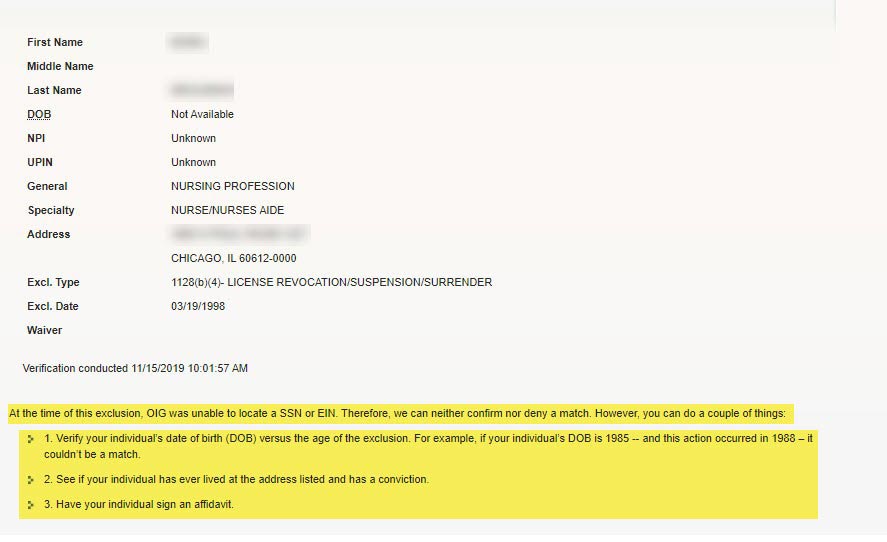
In spite of this, the HHS-OIG has offered some guidelines in case you encounter a similar situation. There are three recommended modes for verification:
First, you can use an individual’s date of birth (DOB) against their possible age when the exclusion took place. Someone who was born in 1980 for instance could not have possibly been added to the LEIE in 1985. This would place the individual at only five years of age at the time of the transgression.
Second, investigate internally if the individual has ever lived at the address listed on the LEIE database and has a conviction. It would yield a potential match if it is also coupled with a conviction. The absence of either detail would necessarily resolve the match in the individual’s favor.
Lastly, especially if the other two steps fail, request the individual to sign an affidavit regarding their exclusion status. This would provide physical written evidence that you have exerted due diligence with regard to verification and compliance.
Getting it right
Note that there is a recent update on the LEIE Online Searchable Database. Entering an SSN or EIN incorrectly on the third time will now prompt the LEIE to ask you to complete a CAPTCHA test. This allows it to determine whether you are indeed a human or a robot. To commit a fourth error after passing such validation process will take you back to the OIGs LEIE search page.
It can prove to be a hassle and quite time consuming, especially if you have a good amount of names to verify. You might get it right on some of them, but it tends to get tedious and cumbersome very quickly after making mistakes on a few records. Here is a screenshot of what you might see:

Unburden yourself
These irritating repetitions will naturally cause some annoyance and possibly lead to misjudged resolutions. Add the cases when the HHS-OIG does not have an SSN or EIN on their records. The additional time spent on research, double checking for errors and signing of affidavits will cause unnecessary backlog. There is also that nagging feeling you might not have totally ruled out a potential match. The consequences for failing even once, could ultimately be too costly for your business to bear.
Compliance is an area where you would like to be absolutely sure of, particularly if you have already done your part. In spite of this, you can still tap into other means to resolve potential exclusions within your organization. Streamline Verify currently offers top notch exclusions screening solutions in the compliance industry. We provide not only software but also have on staff professional verification specialists to perform in depth analysis on required records. Contact us today for a free consultation and schedule a demonstration.



